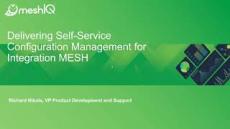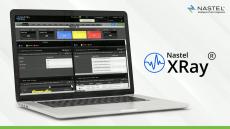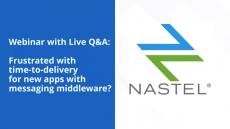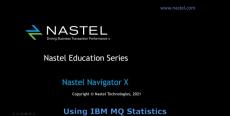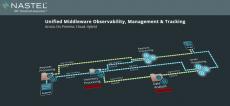- January 2025 (1)
- November 2024 (6)
- October 2024 (14)
- September 2024 (14)
- August 2024 (5)
- July 2024 (1)
- June 2024 (1)
- April 2024 (1)
- March 2024 (2)
- December 2023 (1)
- November 2023 (1)
- October 2023 (2)
- August 2023 (1)
- July 2023 (1)
- April 2023 (1)
- March 2023 (1)
- February 2023 (5)
- January 2023 (1)
- December 2022 (5)
- November 2022 (12)
- October 2022 (13)
- September 2022 (14)
- August 2022 (12)
- July 2022 (24)
- June 2022 (18)
- May 2022 (19)
- April 2022 (20)
- March 2022 (22)
- February 2022 (22)
- January 2022 (24)
- December 2021 (21)
- November 2021 (19)
- October 2021 (19)
- September 2021 (8)
- August 2021 (6)
- April 2021 (2)
- March 2021 (2)
- February 2021 (2)
- September 2020 (1)
- July 2020 (2)
- June 2020 (4)
- August 2018 (1)
- April 2018 (3)
- September 2017 (1)
- April 2017 (1)
Observability Platform for Messaging, Event Processing, and Streaming Across Hybrid Cloud (MESH).
Application and integration DevOps professionals rely heavily on messaging, event processing, and streaming to build mission-critical applications. meshIQ delivers a single pane of glass that provides visibility into complex M/E/S/H environments, significantly reducing the risks to application stability and performance. This speeds up mean-time-to-resolution (MTTR) and improves mean-time-between-failures (MTBF), ultimately improving application SLAs and customer experience. From modern Kafka-based streaming to legacy messaging technologies like IBM MQ, meshIQ supports every major platform out there.
A must have for every Messaging Deployment:
- Governance: meshIQ delivers granular access controls to manage configurations across the MESH to reduce downtime and quick recovery from outages.
- Introspection: Provides the ability to find, browse, track, and trace messages to detect bottlenecks and speeding up root-cause analysis.
- Intelligence: Unlocks the integration blackbox to deliver visibility across the MESH infrastructure to visualize, analyze, report, and predict.
- Action: Delivers the ability to trigger automated actions based on pre-defined criteria or intelligent actions determined by AI/ML.
Intelligence From Integration.



